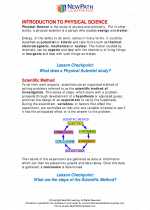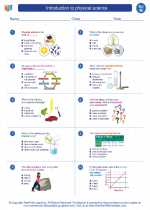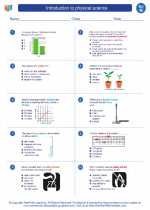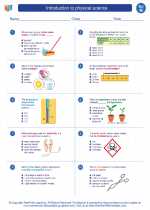Hibernation
Hibernation is a state of inactivity and metabolic depression in animals, characterized by lower body temperature, slower breathing, and lower metabolic rate. It is an adaptation that allows animals to conserve energy during times of scarcity, such as winter.
Key Points to Understand
- Hibernation is a survival strategy used by some animals to cope with cold temperatures and food scarcity.
- During hibernation, an animal's metabolic rate decreases significantly, allowing it to conserve energy.
- Animals that hibernate include bears, bats, hedgehogs, and some rodents.
- Preparation for hibernation often involves storing extra fat to sustain the animal through the inactive period.
- Animals in hibernation may appear to be in a deep sleep, but their physiological processes are different from normal sleep.
Study Guide
Here are some key questions to consider when studying hibernation:
- What is hibernation and why do animals hibernate?
- What physiological changes occur in animals during hibernation?
- Which animals are known to hibernate, and how do their hibernation patterns differ?
- How do animals prepare for hibernation, and what are the key factors that trigger hibernation?
- What are the ecological and evolutionary implications of hibernation?
Understanding hibernation can provide insights into how animals have adapted to survive in challenging environmental conditions. It also offers opportunities for studying the physiological and biochemical mechanisms that underlie this remarkable biological phenomenon.
.




